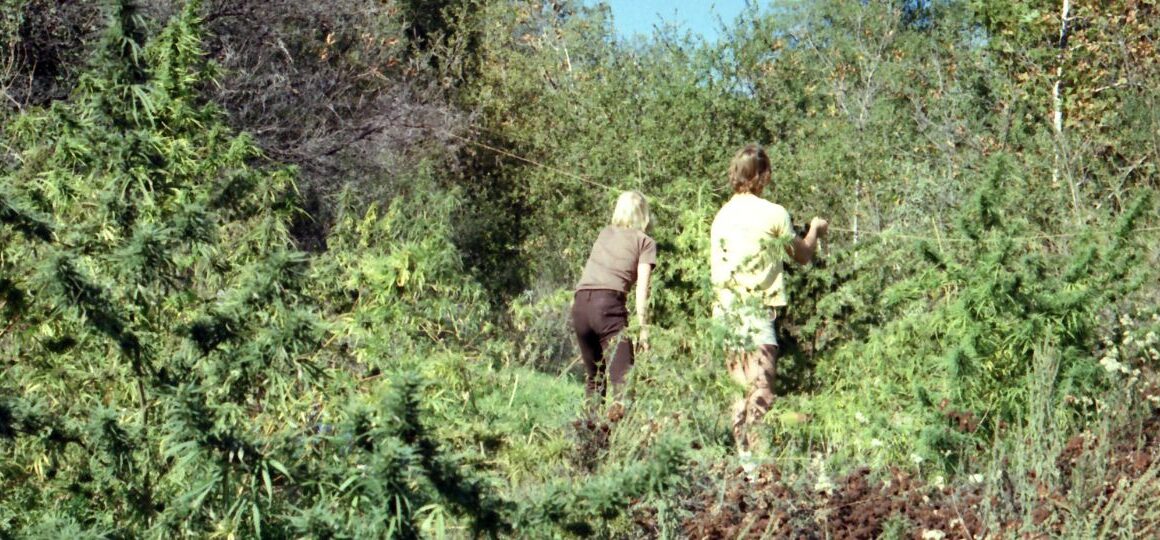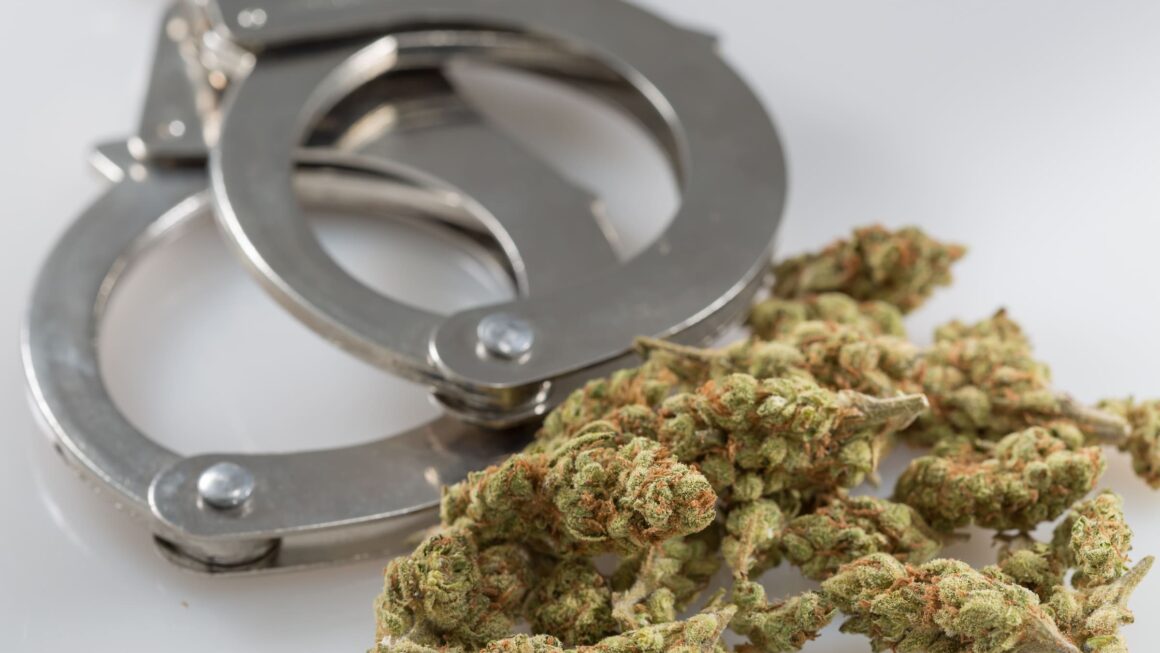There’s a certain hush that lives between the click of the lighter and the first pull.
Afghani burns slow—heavy smoke, thick as a sermon—and the room tilts just enough to let gravity sigh. The scent hits first: gas and dirt, diesel wrapped in loam. It smells like the memory of something that used to grow wild before marketing found it. Every time I taste that musk, the voices in my head stop fighting each other long enough for me to get something done.
The Weight of the Ancients
I’m a sativa guy, usually. Give me energy, give me motion. But if I see anything crossed with Afghani and it’s in budget, I don’t hesitate. I know what’s waiting. Afghani doesn’t rush the bloodstream—it settles in, builds a small cabin somewhere behind the eyes, and starts tidying up the place. It’s the perfect middle ground between gas and earth: one foot in the mechanic’s bay, the other in a monastery garden.
Somebody once told me that balance came from Myrcene and Caryophyllene conspiring in the dark, but I think it’s older than molecules. Afghani is a landrace, born on mountain slopes that never cared about strain names or terp charts. Its chemistry feels like geology—slow, unbothered, ancient. When I smoke it, I can feel the sediment layers in my bloodstream.
The first time I grew it, years back, the plant looked prehistoric—thick leaves like paddle fans, stalks the color of dry clay. It reeked before it even flowered, and the neighbors swore someone had spilled diesel. They weren’t wrong. After harvest, I cured it in glass jars that made the whole house smell like the earth after rain. That was before I started chasing rent with side hustles and deliveries, before I had to buy my weed in pre-packed plastic that looked like snack food.

From Legacy Smoke to Lab Numbers
Now I shop by price, like everyone else. You stand at the counter under fluorescent lights while the budtender scrolls a tablet. Every jar’s a variation of the same promise: 29.8 percent THC, “Sherb” this or “Zkittlez” that. Dozens of growers pushing the same genetic clone under different names, all claiming “exclusive.” It’s not that the flower’s bad—it’s just soulless. The industry figured out how to grow perfection and forgot how to grow personality.
Afghani never had that problem. It’s not perfect; it’s alive. The taste shifts depending on who cured it, how long it dried, and whether the soil remembered rain that season. Some batches lean spicy, others bitter. You can’t standardize it, which is exactly why it matters.
Living in New Mexico, I’ve learned that the desert has its own dialect of weed. The flower here isn’t superior—it’s just honest. Sun-baked terps, sharp air, heat that drills down into the resin glands until the plants start sweating aroma. A few growers are finally coaxing strains that feel on par with Afghani, and I respect them for it. The desert knows hardship, and so does the plant. Both survive by remembering how to hold water and patience at the same time.
Sometimes I think about what happened to creativity in cannabis. It didn’t vanish completely, it just migrated. You can see it in concentrates, in edibles, in chemistry labs where kids are inventing new ways to fold THC into everything from chocolate to sunscreen. But flower… flower got lazy. Maybe the money was too easy. Everyone started chasing color and lab numbers, and the culture became a showroom instead of a sanctuary.
When I light Afghani, I feel like I’m committing a small act of rebellion. I’m smoking history. No QR code, no influencer unboxing—just the same strain that traveled across continents in the pockets of people who believed in its medicine long before legalization was a headline.
There’s a moment, mid-session, when the smoke hangs still and my brain slows to a crawl. I start thinking in terpenes instead of words. The flavor gets heavier, rounder—gas turning into soil, soil turning into comfort. Someone somewhere probably has a chart explaining why: Myrcene lowering resistance at the blood–brain barrier, Humulene tempering appetite, Caryophyllene talking to the endocannabinoid system. I don’t need the chart. I can feel the data.
Afghani quiets the noise without muting the world. That’s its real gift. It doesn’t sedate; it synchronizes. I can write, drive, design, think—just minus the static. It’s medicine for people whose thoughts fight dirty. Micro-dosing keeps the balance; overdoing it and I drift into the carpet. You learn your line quick with this strain.

The Lesson in the Smoke
Sometimes I wonder what would happen if the industry stopped trying to invent the next “it” strain and just sat down with the old ones for a while. There’s something to be learned from plants that didn’t need a rebrand every harvest. Afghani doesn’t chase relevance—it is relevance. It’s proof that a plant perfected by time doesn’t need improvement, only stewardship.
The growers who understand that are out there, usually broke but smiling. They still touch soil, not spreadsheets. They grow for smell, not shelf appeal. They remind me that cannabis was never meant to be efficient—it was meant to be expressive. The problem with modern weed isn’t potency; it’s perspective. We started measuring success by lab results instead of by the silence that follows a good hit.
I keep thinking about that childhood blanket—the one that smelled faintly of laundry detergent and safety. Afghani hits like that. It wraps around the senses without smothering them. Every exhale feels like the body remembering something the mind forgot.
By the end of a joint, I’m usually watching the smoke patterns like they’re hieroglyphs. The fan hums, the world steadies, and I realize that maybe the plant’s patience is what’s been missing in us. We industrialized calm and forgot how to listen to it.
The Ritual Remains
Afghani doesn’t talk much. It just sits there, burning slow, teaching me the same lesson every time: that creativity isn’t in the crossbreeds or the branding—it’s in the ritual. The lighter click, the first inhale, the gratitude.
So yeah, I’ll still chase sativas when I need to outrun my own thoughts, but when I want to meet them halfway, I go back to gas and earth. Afghani reminds me that quiet isn’t the absence of noise—it’s the moment when everything finally agrees to the same rhythm.
Maybe one day the industry will catch up. Until then, I’ll keep micro-dosing rebellion, one slow pull at a time.
This article is from an external, unpaid contributor. It does not represent High Times’ reporting and has not been edited for content or accuracy.





